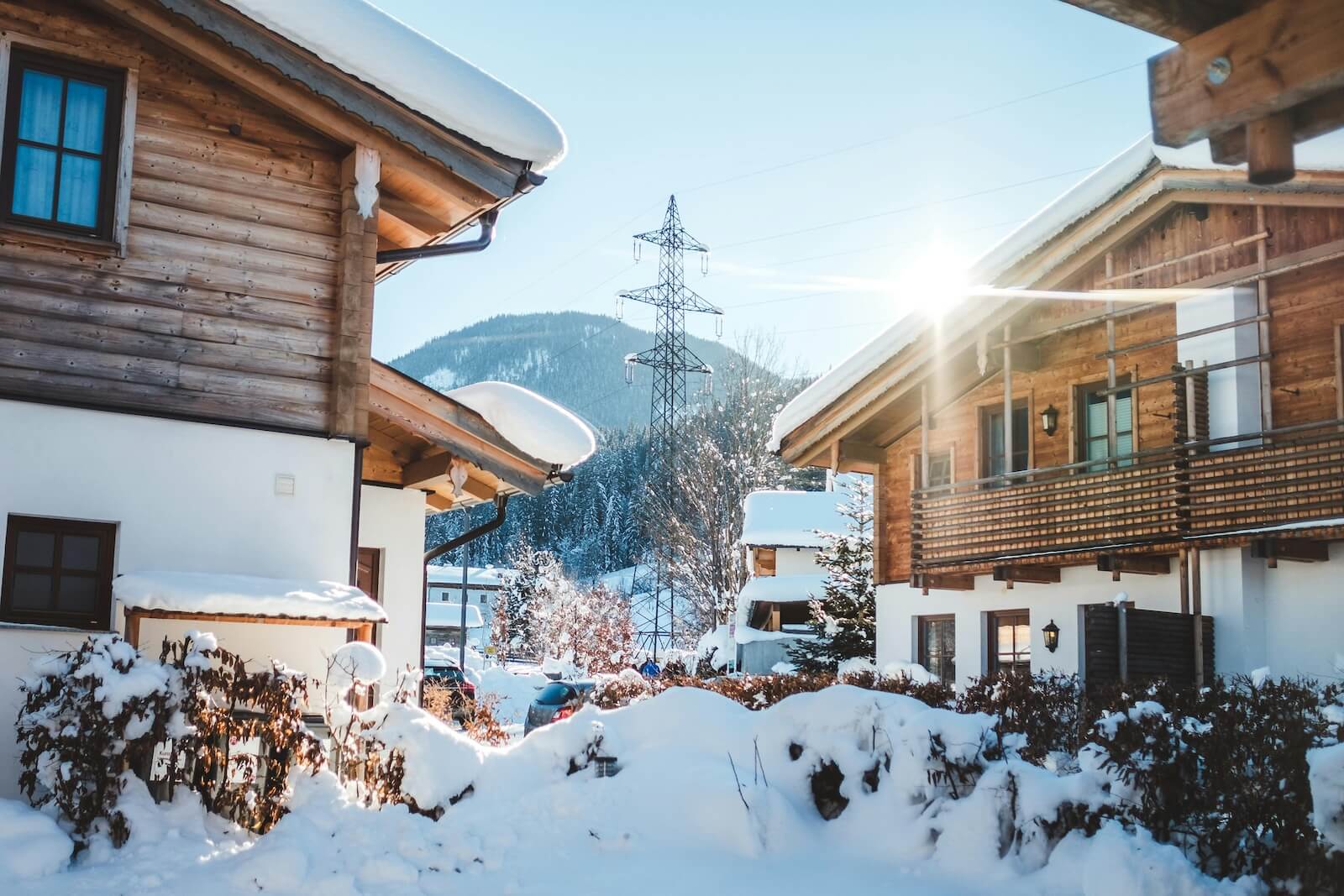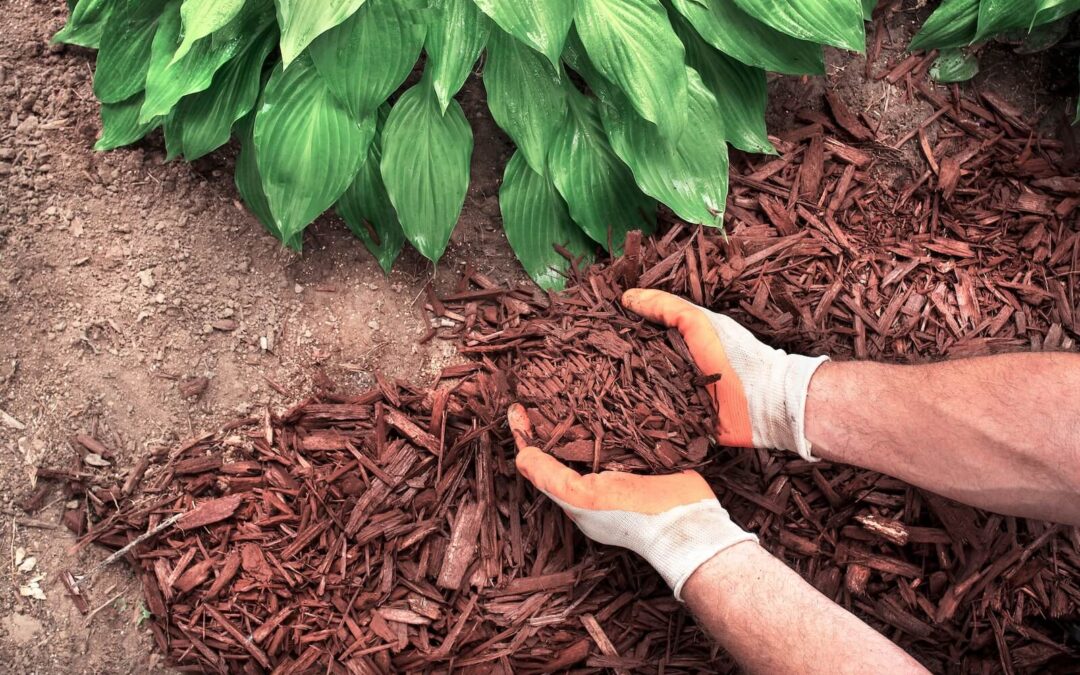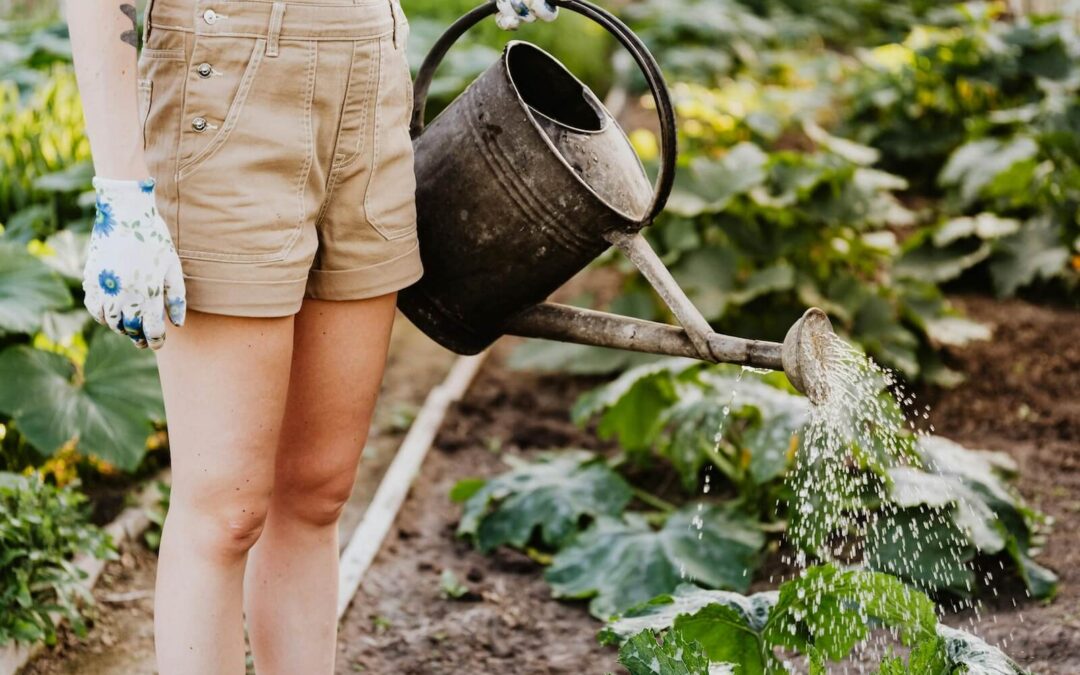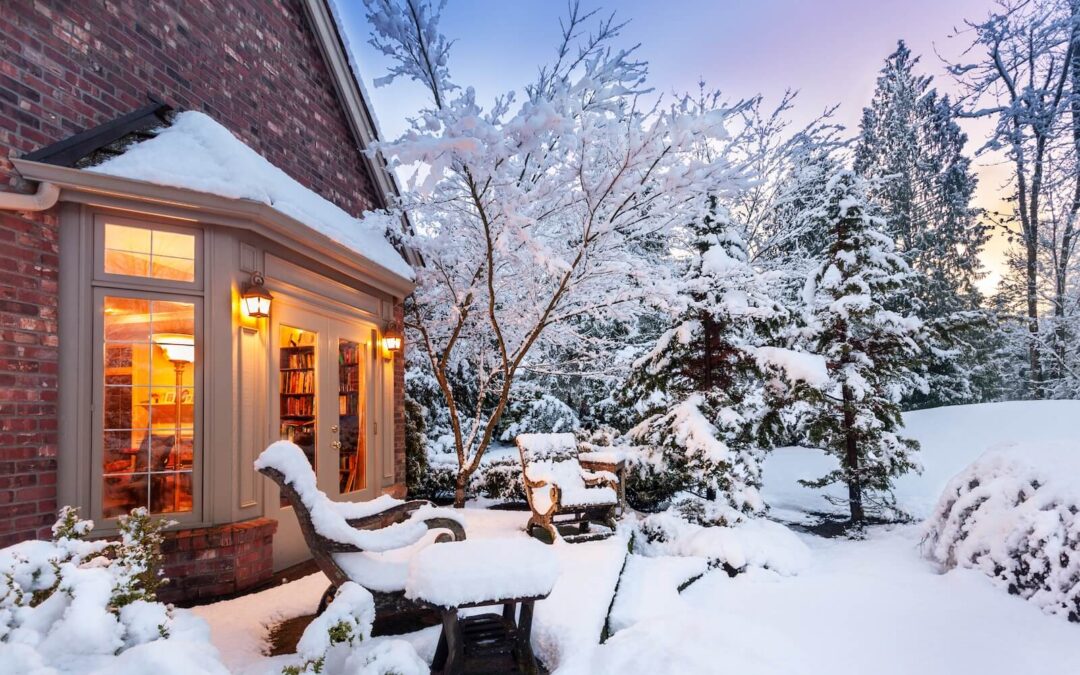As winter approaches and temperatures plummet, outdoor structures and equipment face the harsh reality of freezing conditions. From garden sheds and outdoor kitchens to HVAC units and water features, cold weather can cause significant damage if proper insulation measures aren’t taken. Preparing your outdoor assets for winter not only prevents costly repairs but also extends their lifespan and ensures they remain functional throughout the season.
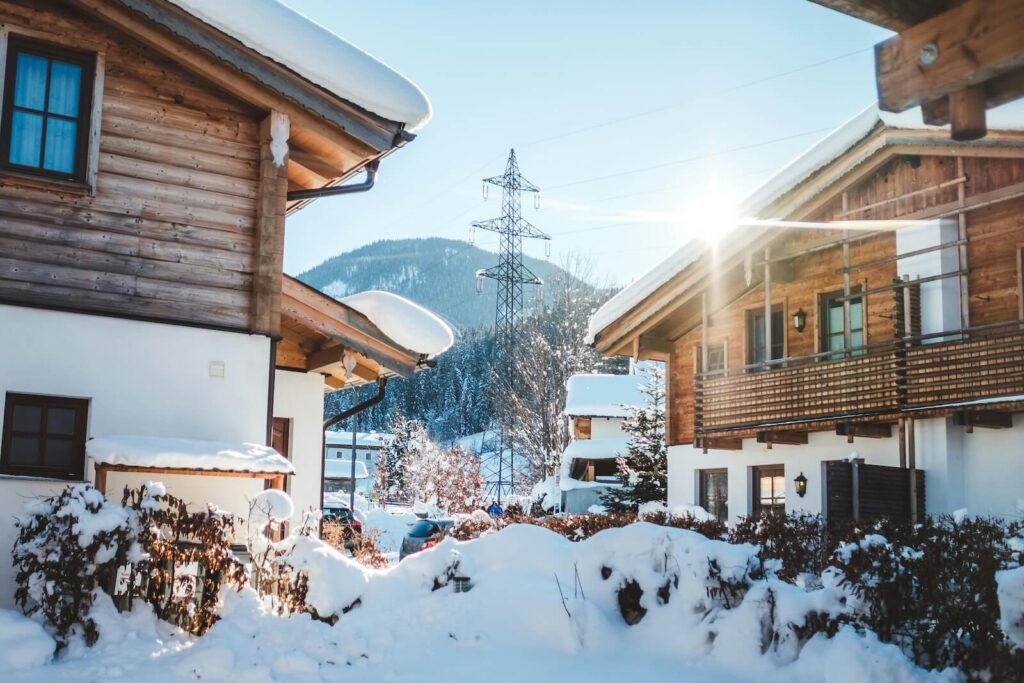
Here, we’ll explore essential strategies and tips for insulating outdoor structures and equipment to keep them protected during the coldest months of the year.
Why Insulation Matters for Outdoor Structures and Equipment
Winter weather isn’t just about snow — it’s about freezing temperatures, moisture buildup, and thermal expansion and contraction. Proper insulation offers several benefits:
- Prevents Freezing: Pipes, water lines, and equipment components are vulnerable to freezing and cracking.
- Reduces Energy Costs: Insulated structures maintain heat more effectively, reducing energy use.
- Protects Equipment: Delicate mechanical and electrical components can malfunction in freezing temperatures.
- Extends Lifespan: Proper winterization helps structures and equipment endure harsh weather conditions year after year.
From garden sheds and pergolas to outdoor plumbing and pool equipment, every outdoor structure deserves special attention before the first frost arrives.
Insulating Outdoor Sheds and Storage Units
Sheds often house valuable tools, lawn equipment, and outdoor furniture. Without insulation, freezing temperatures can cause damage to both the structure and the items inside.
Step 1: Seal the Gaps
- Inspect the shed for cracks, gaps, and holes in walls, windows, and doors.
- Use caulking or weather stripping to seal these openings and prevent cold drafts.
Step 2: Add Insulation Panels
- Install foam board or fiberglass insulation on walls and roofs.
- Use reflective foil insulation if the shed also needs protection from moisture.
Step 3: Insulate the Door and Windows
- Add heavy-duty weather stripping around the door frame.
- Consider using insulated curtains or window film to reduce heat loss through windows.
- If your shed has an electricity supply, consider using a small space heater with an automatic shut-off for added warmth.
Protecting Outdoor Plumbing and Pipes
One of the most common winter mishaps is burst outdoor pipes due to freezing. Proper insulation is critical to prevent costly repairs.
Step 1: Drain Outdoor Faucets and Hoses
- Disconnect and drain garden hoses.
- Shut off the water supply to outdoor faucets.
Step 2: Insulate Exposed Pipes
- Use foam pipe insulation or heat tape on exposed water lines.
- Secure insulation with weatherproof tape.
Step 3: Cover Outdoor Faucets
- Install insulated faucet covers to prevent freezing.
- For extra protection, wrap faucets in old towels and secure them with waterproof plastic.
- Open outdoor faucet valves slightly to allow excess water to drain and prevent pressure buildup.
Winterizing Outdoor Kitchens
Outdoor kitchens are a luxury during warm months, but they require careful winterization to protect costly appliances and plumbing.
Step 1: Shut Off Water Supply
- Turn off the water supply to outdoor sinks, ice makers, and dishwashers.
- Drain any remaining water from pipes to prevent freezing.
Step 2: Insulate Appliances
- Cover grills, refrigerators, and other appliances with weatherproof, insulated covers.
- Use heat tape on pipes if needed.
Step 3: Store Smaller Appliances Indoors
- If possible, bring smaller appliances (like blenders or portable grills) indoors for the winter.
- Stainless steel appliances are more resistant to winter damage but still require proper insulation and cover protection.
Protecting Outdoor HVAC Units
Your outdoor HVAC condenser unit is designed to withstand the elements, but extra insulation can enhance its durability during harsh winters.
Step 1: Clean the Unit
- Remove leaves, dirt, and debris from the HVAC unit before winter sets in.
- Ensure there’s proper airflow around the unit.
Step 2: Add an Insulated Cover
- Use a breathable, waterproof HVAC cover specifically designed for winter protection.
- Avoid using plastic tarps, as they can trap moisture and cause mold buildup.
- Never fully seal the HVAC unit — proper ventilation is essential to prevent condensation damage.
Step 3: Insulate Exposed Pipes
- Wrap refrigerant lines with foam insulation sleeves.
- Secure insulation with weatherproof tape.
Winterizing Water Features and Outdoor Ponds
Frozen water can cause severe damage to fountains, waterfalls, and outdoor ponds. Proper insulation and preparation are essential.
Step 1: Drain and Store Small Water Features
- Drain small fountains and store them in a dry, sheltered space if possible.
- Remove and store pumps indoors.
Step 2: Insulate Outdoor Ponds
- Install pond heaters or de-icers to prevent the water surface from freezing entirely.
- Use floating insulation panels to retain heat in the water.
Step 3: Cover the Surface
- Use a pond cover or netting to keep debris out and reduce ice buildup.
- Avoid breaking ice on your pond surface, as the vibrations can harm fish and other aquatic life.
Insulating Outdoor Electrical Equipment
Electrical systems exposed to harsh winter weather are at risk of short-circuiting or sustaining long-term damage.
Step 1: Waterproof Enclosures
- Use weatherproof and insulated covers on outdoor outlets.
- Inspect cords and replace any that are damaged.
Step 2: Elevate Electrical Boxes
- Raise outdoor electrical boxes above potential snowdrift levels.
Step 3: Use Heated Cables for Critical Equipment
- Install self-regulating heating cables on electrical lines that are prone to freezing.
As always, if in doubt, schedule a professional inspection of your outdoor electrical systems before winter begins.
General Maintenance and Preparations
Proper insulation isn’t just about adding layers — it’s also about keeping outdoor structures well-maintained.
- Regularly check for signs of damage, moisture buildup, or ice accumulation.
- Remove heavy snow buildup from roofs, awnings, and pergolas.
- Keep pathways and entrances clear to reduce ice hazards.
A routine winter checkup of your outdoor spaces can prevent minor issues from escalating into expensive repairs.
Work with Professionals for Effective Insulation
Insulating outdoor structures and equipment can be a labor-intensive task, especially for larger properties. Hiring professional winter maintenance ensures your outdoor assets are winterized correctly and efficiently.
Benefits of Professional Winterization:
- Expertise in identifying vulnerable areas.
- Access to high-quality insulation materials.
- Tailored solutions for unique outdoor spaces.
Stay Winter-Ready with Lifescape Colorado
Winter may be harsh, but your outdoor structures and equipment don’t have to suffer. With proper insulation and proactive maintenance, you can protect your investments and keep your property functional and beautiful throughout the season.
At Lifescape Colorado, we specialize in winterizing outdoor spaces, from insulating sheds and kitchens to safeguarding HVAC units and water features. Our team combines expertise and top-quality materials to ensure your property remains resilient against winter’s challenges.
Contact us today to schedule your winterization consultation and prepare your outdoor spaces for a season of safety, efficiency, and peace of mind.
Let’s make winter a season of preparation, not frustration!

